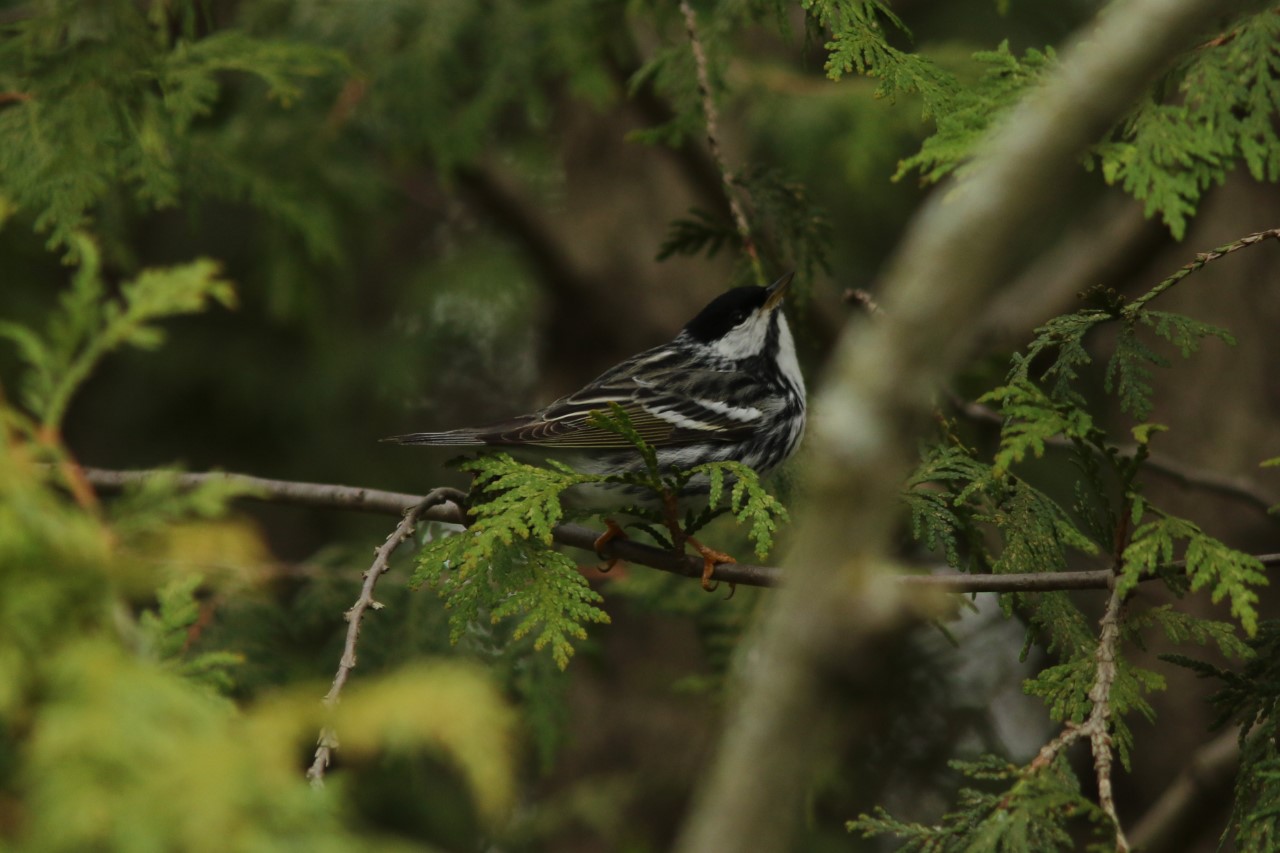
It wasn’t nearly as frenetic as yesterday morning but there were still a LOT of great birds moving through the trees and understory. We saw 16 species of warblers and banded 13 of them. The warbler highlight was a male Golden-winged Warbler that Liam and Joshua turned up on the census – they had great looks at it. Back in the 80’s you would encounter this species back on the edges of the slough forests. Now they have been replaced by Blue-winged Warblers (which breed at Ruthven in good numbers) and Golden-wings are a rarity.

Another “neat” bird (and a banding first for the Park) was a Grasshopper Sparrow! I couldn’t believe it but….there it was.
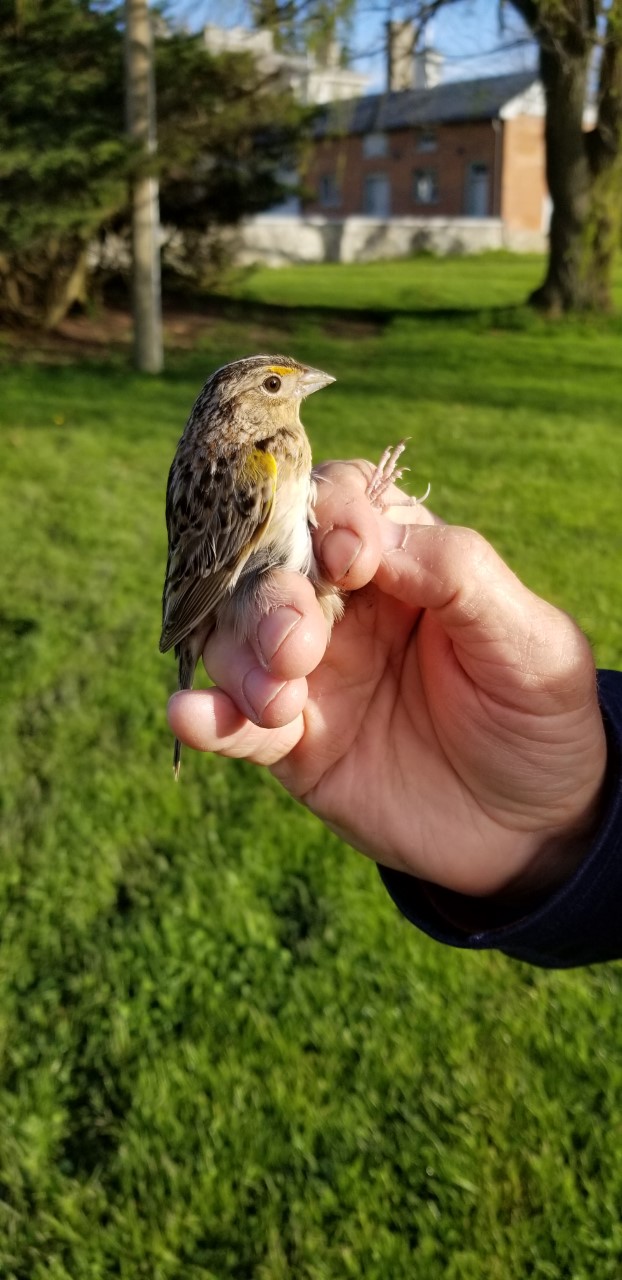
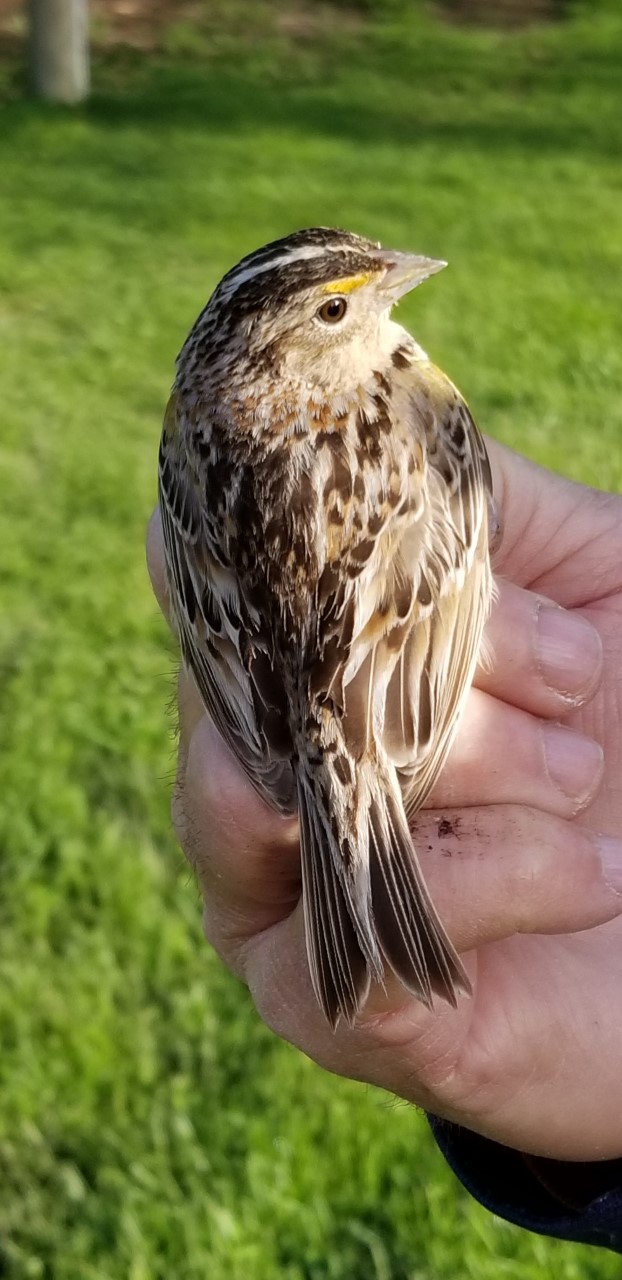
After 40 dismal days of banding, the last 10 days have been….well, they’ve been great! Our birds banded per day average of 55 for April 11th – 20th is well above the average of 44.8 going back to 2011. I guess April showers do bring May showers…..eventually.
We are continuing to catch and band loads of Baltimore Orioles. The 11 we got today pushes our season total up to 84.
Banded 69:
1 Mourning Dove
1 Great Crested Flycatcher

4 Swainson’s Thrushes
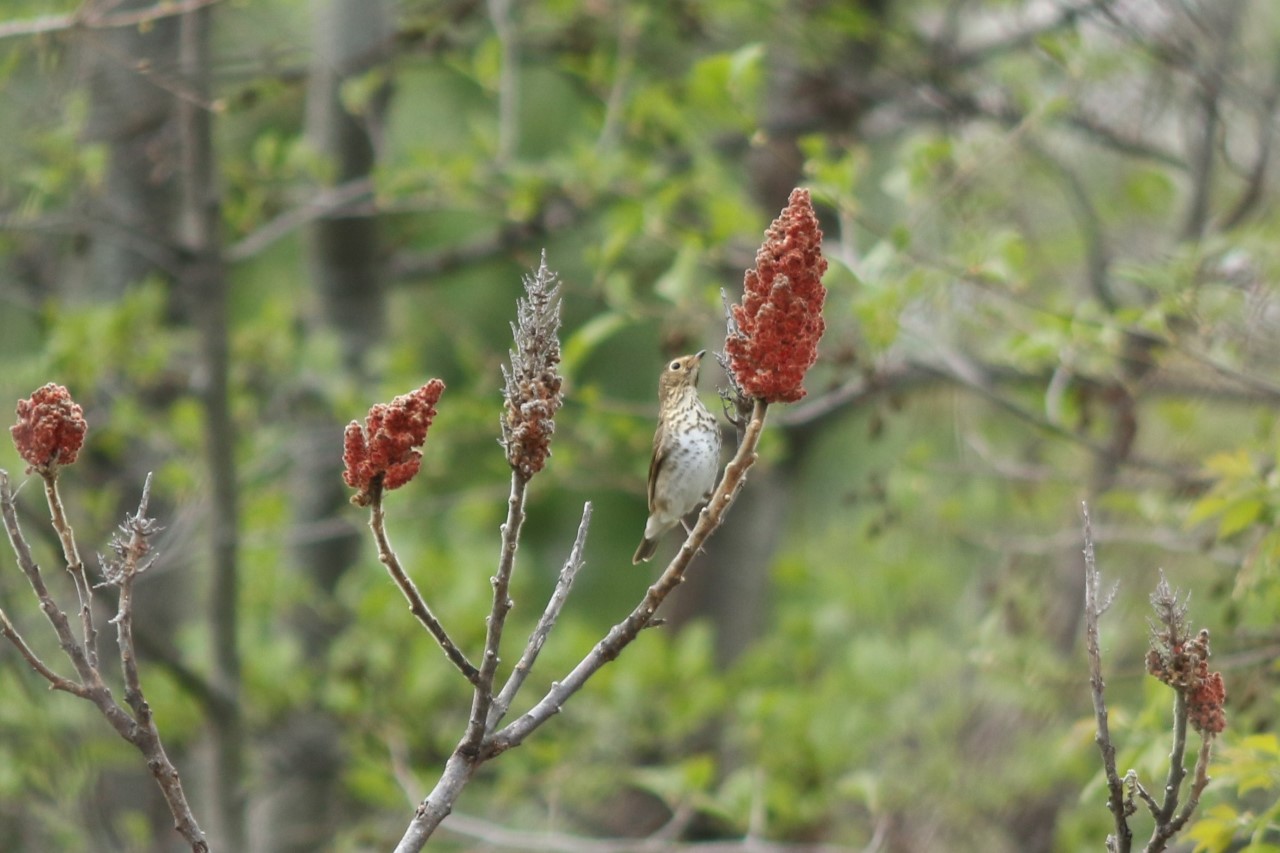
5 Gray Catbirds
1 Blue-winged Warbler
4 Tennessee Warblers
2 Nashville Warblers
3 Northern Parulas


6 Yellow Warblers
4 Chestnut-sided Warblers
5 Magnolia Warblers
3 Myrtle Warblers

2 Blackburnian Warblers

1 Bay-breasted Warbler
1 American Redstart
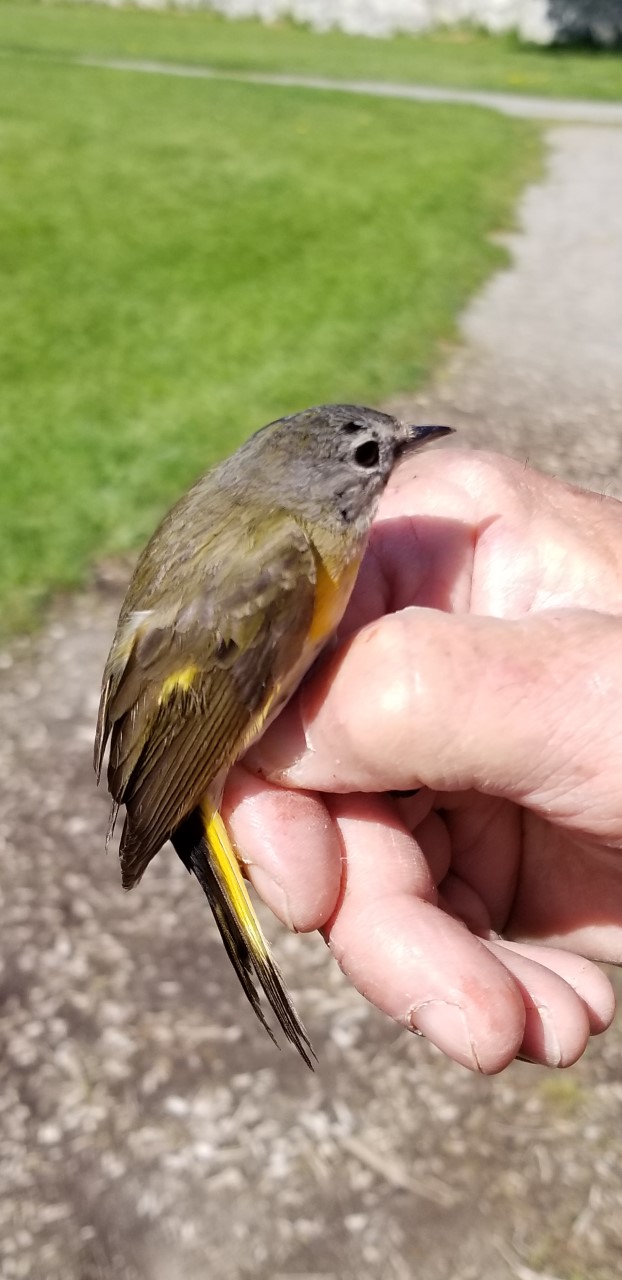
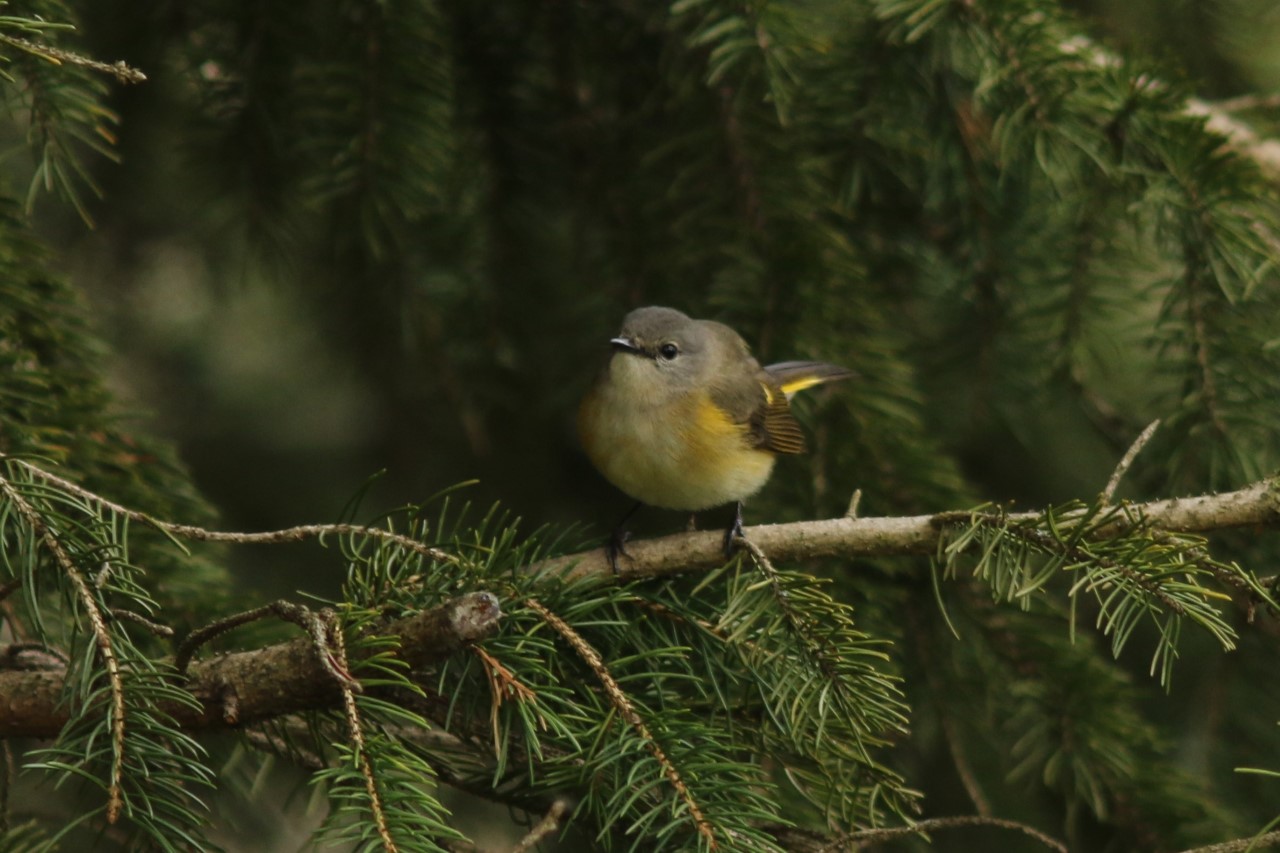
3 Common Yellowthroats
1 Scarlet Tanager

1 Northern Cardinal
1 Rose-breasted Grosbeak
1 Indigo Bunting
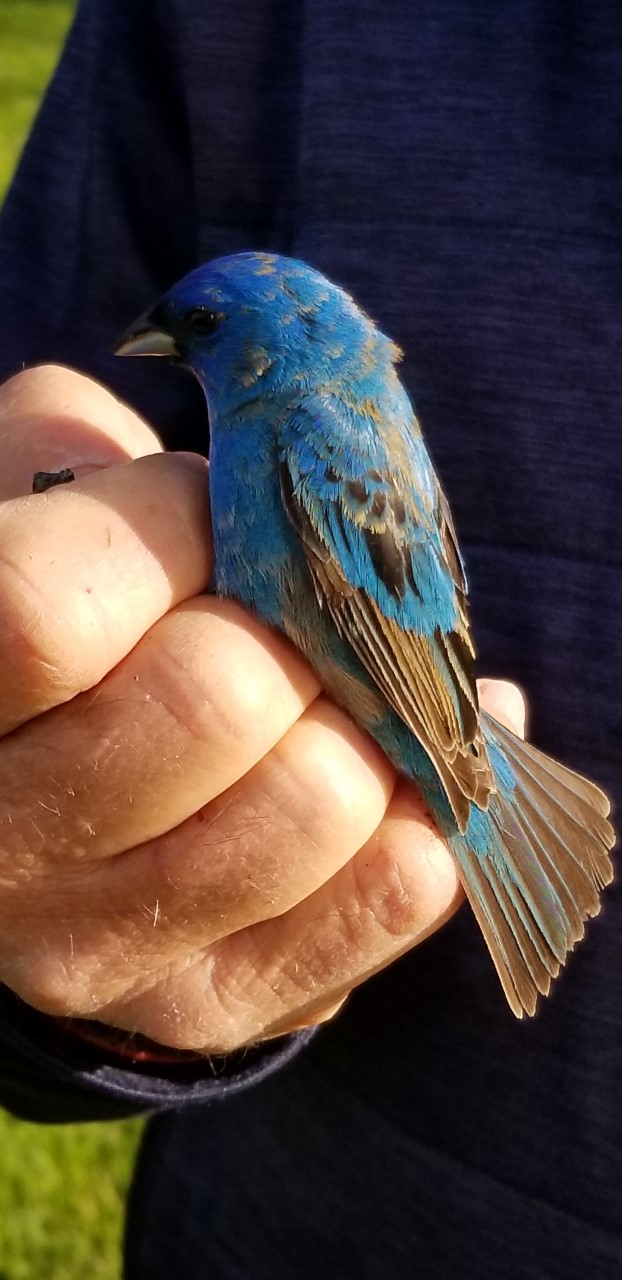

1 Grasshopper Sparrow
1 Eastern White-crowned Sparrow
1 Red-winged Blackbird
11 Baltimore Orioles
3 Orchard Orioles
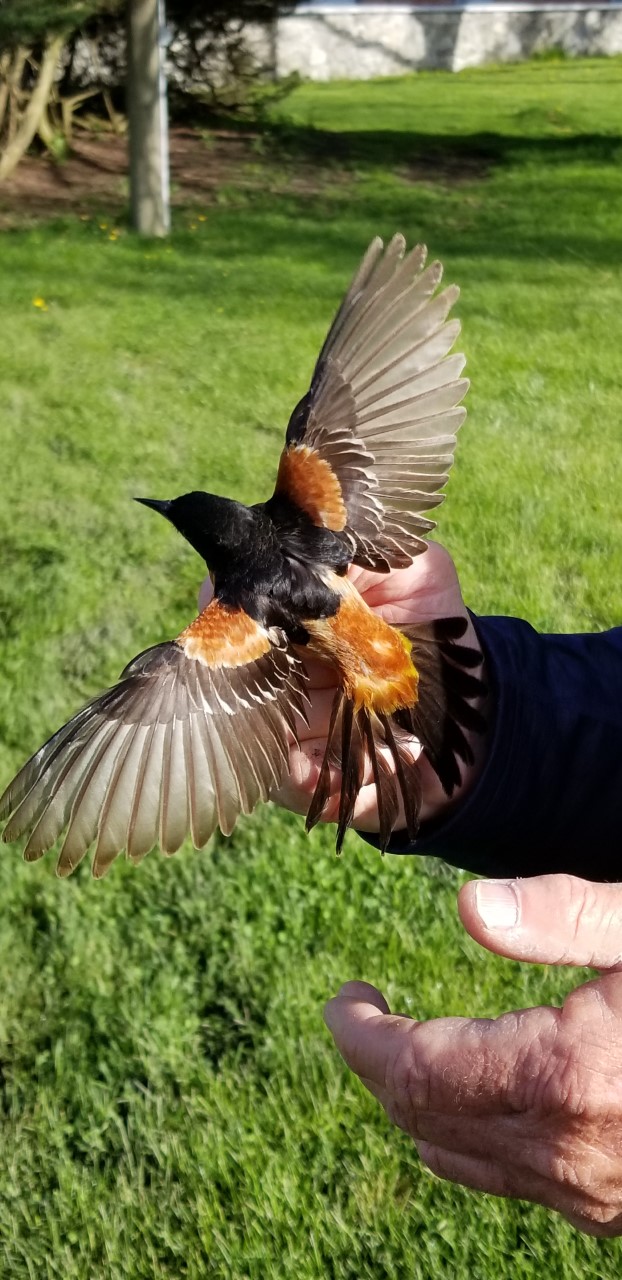

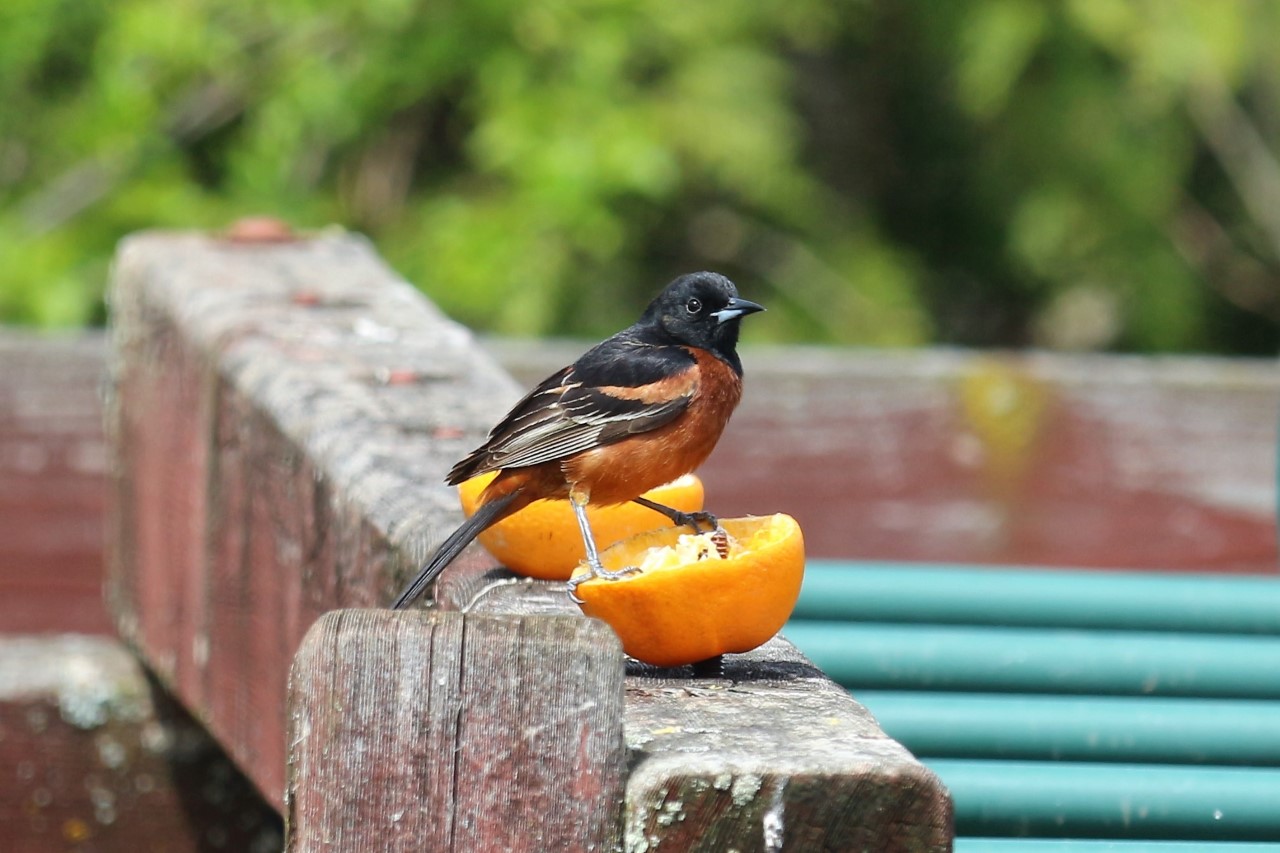
ET’s: 68 spp.
Photos:
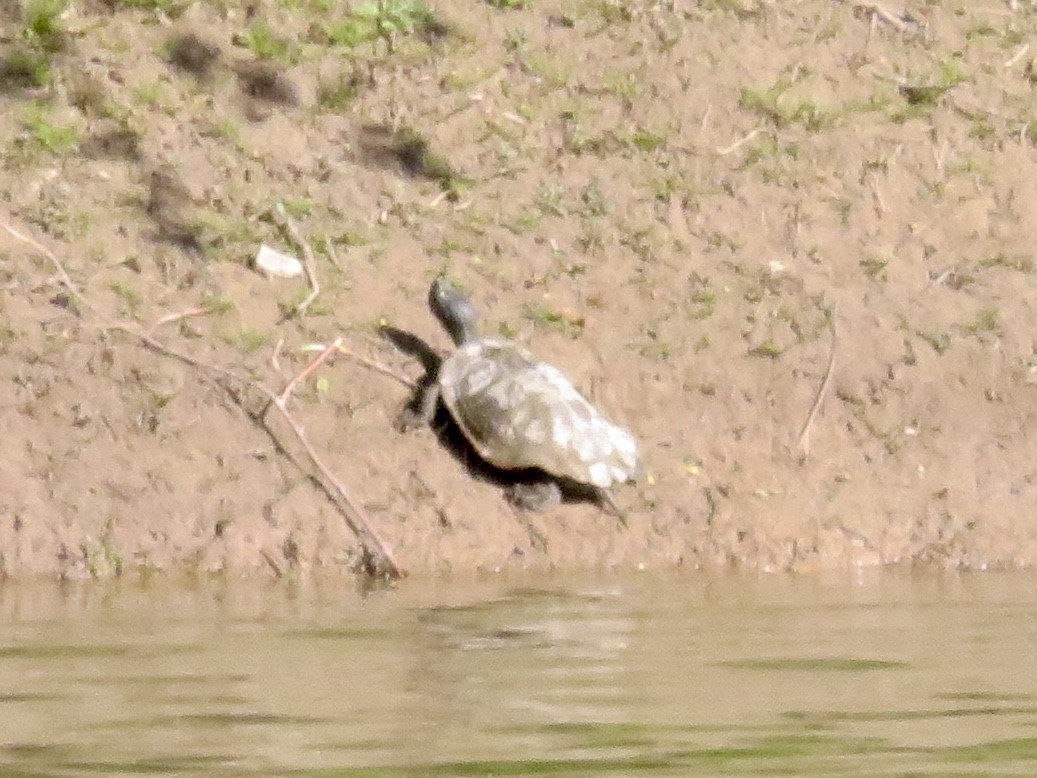
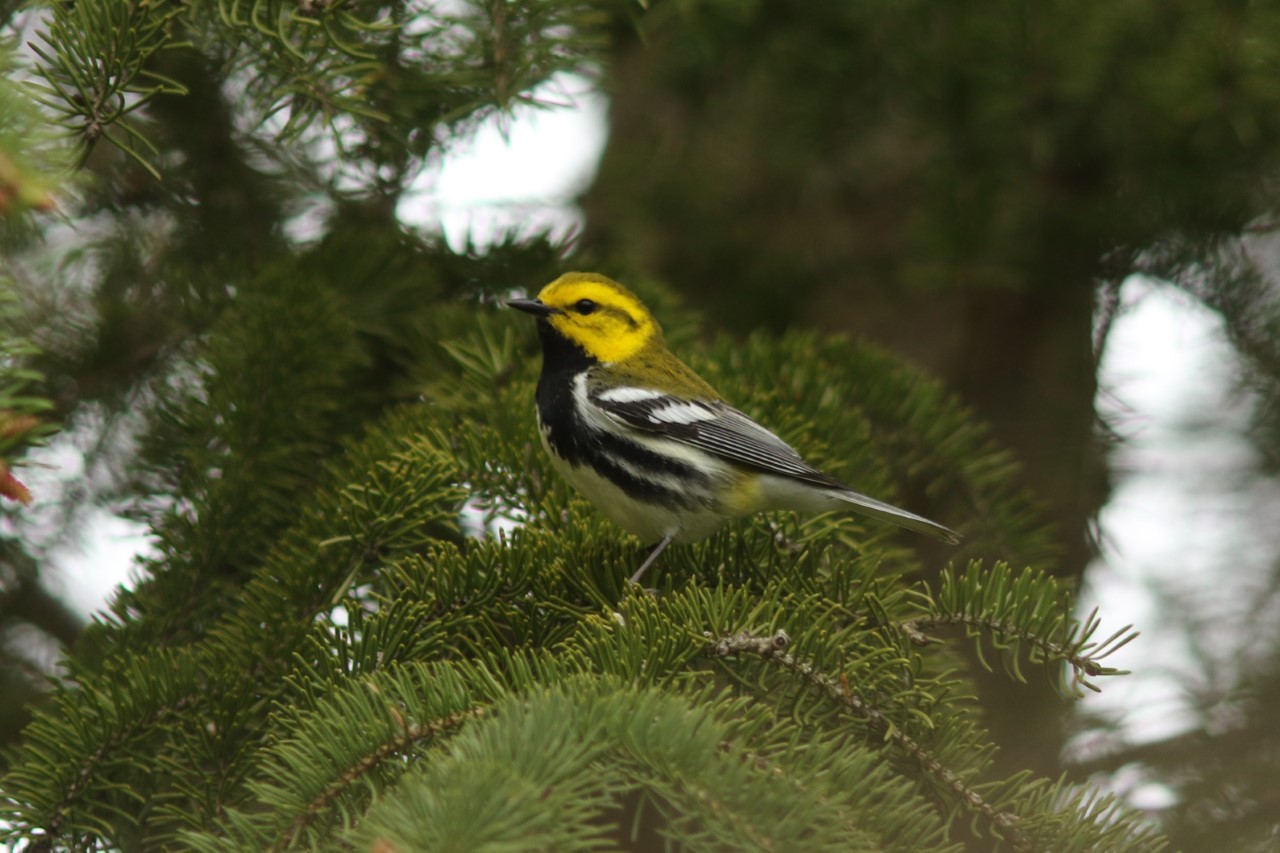
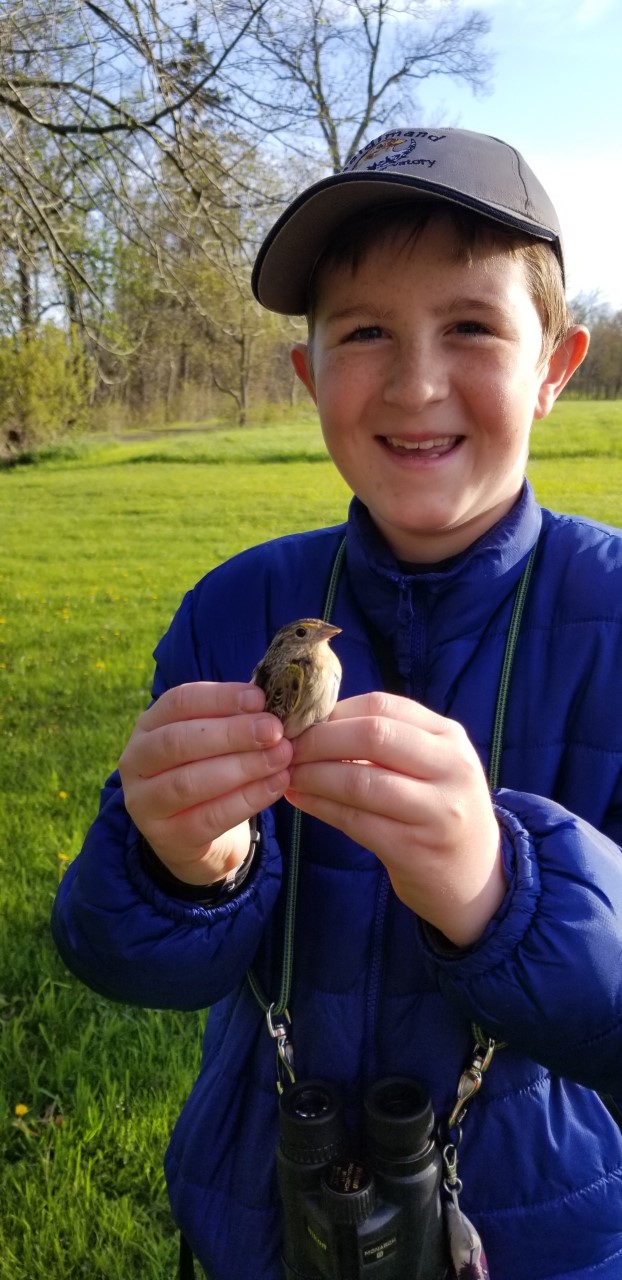
Rick
